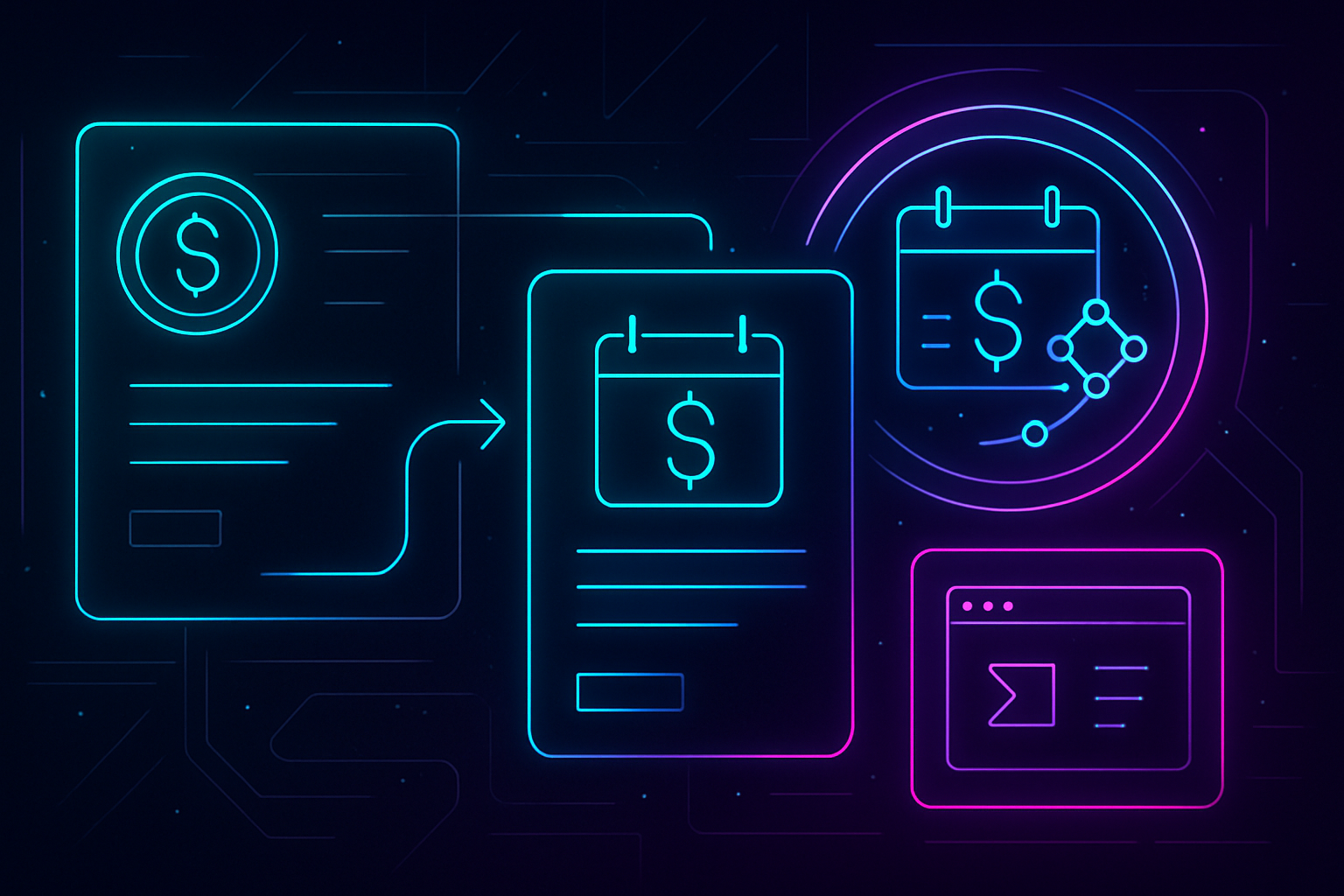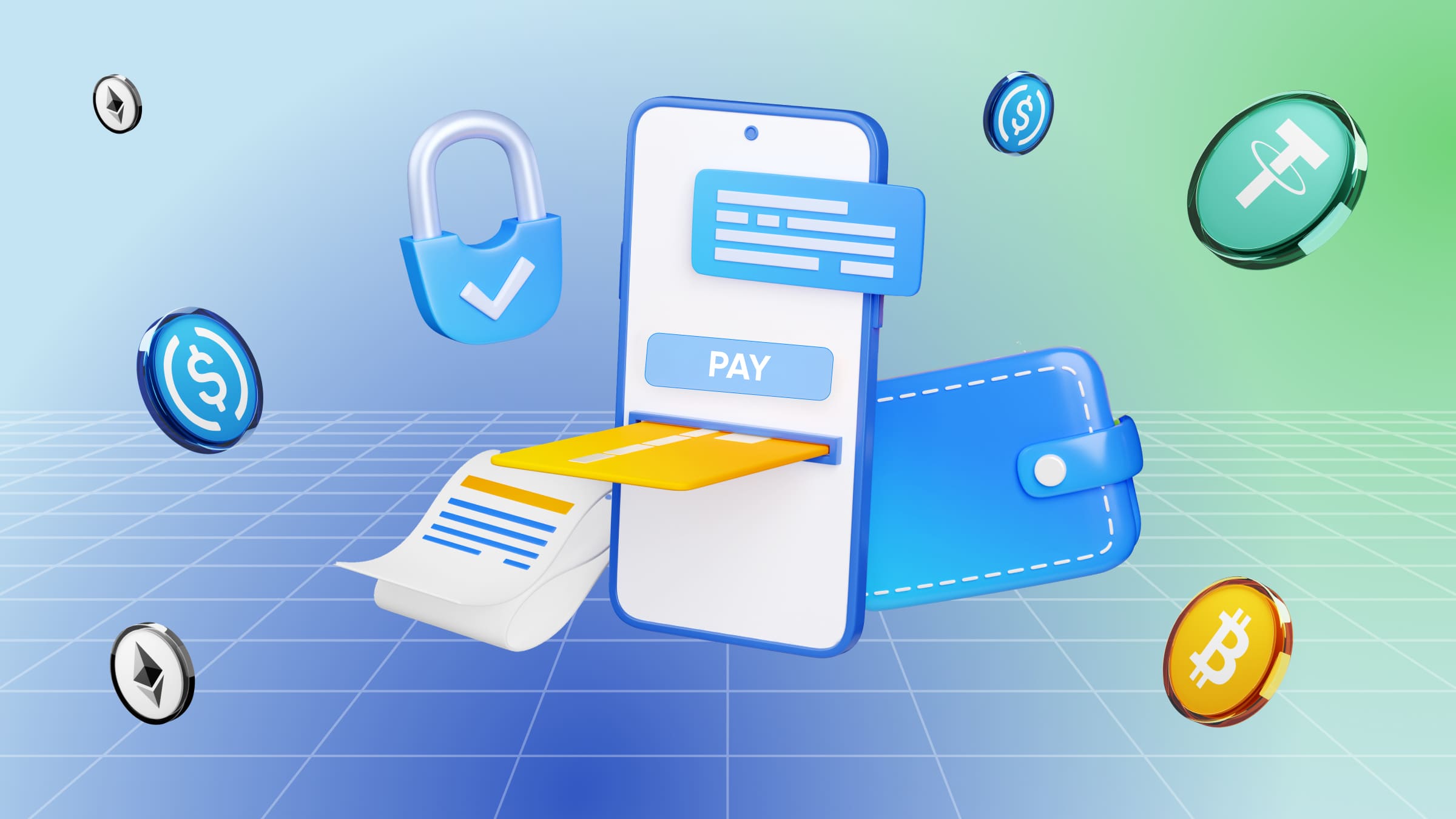
Recurring revenue is the lifeblood of SaaS platforms, and as we move deeper into 2025, crypto-native businesses are demanding more transparent, automated ways to bill their customers. Onchain subscription management, powered by smart contracts and proration logic, is quickly becoming the gold standard for Web3 SaaS providers who want to offer seamless, fair, and tamper-proof billing cycles. If you’re considering integrating crypto recurring payments into your SaaS stack, understanding onchain proration is essential for both user trust and operational efficiency.

Why Proration Matters for Web3 SaaS Billing
Traditional SaaS billing models often face friction when a customer upgrades or downgrades mid-cycle. Prorated billing ensures that users pay only for the exact time and tier they use, no more, no less. In the context of blockchain proration billing, these calculations are encoded directly into smart contracts. This not only eliminates manual adjustments but also provides customers with cryptographic proof of correct charges.
The transparency inherent in onchain invoicing builds trust. Every transaction, whether an upgrade at day 12 or a downgrade on day 22, is logged immutably on-chain. Users can independently verify charges without relying on opaque backend systems or third-party audits.
Step-by-Step: Implementing Crypto Recurring Payments With Onchain Proration
1. Choose Your Blockchain Foundation: Start by selecting a network that supports robust smart contract functionality and has an active developer ecosystem. Ethereum remains popular due to its maturity and support for advanced dApp features, but alternatives like Polygon or Arbitrum can offer lower transaction costs.
2. Develop Subscription Smart Contracts: Your contracts should automate key tasks:
- Subscription Initiation: Allow users to authorize recurring withdrawals from their wallet.
- Proration Logic: Calculate exact charges based on when changes occur within each cycle.
- Automated Payments: Trigger fund transfers at set intervals without manual intervention.
This approach echoes best practices highlighted in guides like How to Accept Recurring Crypto Payments in 2025, which emphasizes automation and compliance from day one.
Key Benefits of Blockchain-Based Proration for SaaS
-

Enhanced Transparency and Trust: All proration calculations and billing events are recorded on the blockchain, providing an immutable and auditable record for both providers and customers.
-

Automated and Accurate Billing: Smart contracts automate prorated charges for mid-cycle upgrades, downgrades, or cancellations, ensuring customers pay only for the exact service period used.
-

Reduced Operational Overhead: On-chain automation minimizes manual intervention, streamlining subscription management and reducing the risk of human error.
-

Real-Time Payment Flexibility: Integration with payment streaming protocols like Superfluid enables continuous, real-time proration, so users are billed precisely for their usage duration.
-

Global Accessibility and Faster Settlements: Crypto payments operate 24/7, allowing SaaS businesses to serve a worldwide customer base with instant, borderless transactions and no banking delays.
-

Improved Security and Compliance: Decentralized payment flows and wallet integrations (e.g., MetaMask, WalletConnect) reduce the risk of data breaches and support compliance with evolving crypto regulations.
Simplifying User Experience With Payment Streaming Protocols
The next evolution in Web3 subscription automation is payment streaming, think continuous billing rather than monthly batch transactions. Protocols like Superfluid allow you to stream payments in real time, enabling second-by-second proration if needed. This means users can upgrade at any moment and only pay for the minutes they access premium features, while your platform receives funds continuously without waiting for end-of-month settlements.
User wallet integration is also critical: your dApp should support leading wallets such as MetaMask or WalletConnect to streamline onboarding and reduce friction at checkout. Pair this with automated notifications (on-chain events or off-chain messages) so users always know their status, reducing churn and building loyalty through transparency.
Security and compliance are non-negotiable in the world of crypto recurring payments integration. As onchain subscription management matures, SaaS founders must prioritize smart contract audits, robust user authentication, and clear privacy policies. Regulatory expectations for crypto payments are evolving rapidly, especially as mainstream adoption accelerates. Proactively aligning your platform with KYC/AML guidelines and local digital asset regulations will future-proof your business and reassure enterprise clients.
Automating Onchain Invoicing and Financial Reporting
A major advantage of blockchain-based proration is the ability to automate onchain invoicing and financial reporting. Every charge, adjustment, or refund is recorded immutably on the ledger. This not only simplifies end-of-month reconciliations but also provides a transparent audit trail for both users and your finance team.
For example, when a customer upgrades mid-month, the smart contract instantly generates an invoice reflecting only the additional days at the new tier. There’s no need for manual calculations or trust in opaque billing systems, just verifiable math executed by code. Platforms like Request Network or Loop Crypto make it easier to plug these capabilities into your stack without starting from scratch.
Solidity Function for Prorated Subscription Upgrade Charges
To handle subscription upgrades, you need to calculate the prorated charge based on the unused portion of the current subscription and the cost of the new plan. Here is a Solidity function that performs this calculation:
function calculateProratedCharge(
uint256 currentPlanPrice,
uint256 newPlanPrice,
uint256 timeUsed,
uint256 totalPeriod
) public pure returns (uint256) {
require(totalPeriod > 0, "Total period must be greater than zero");
require(timeUsed <= totalPeriod, "Time used cannot exceed total period");
// Calculate the unused portion of the current plan
uint256 unusedPortion = totalPeriod - timeUsed;
// Value of unused time in the current plan
uint256 unusedValue = (currentPlanPrice * unusedPortion) / totalPeriod;
// Value of unused time in the new plan
uint256 newPlanValue = (newPlanPrice * unusedPortion) / totalPeriod;
// Prorated charge is the difference between new plan's unused value and current plan's unused value
if (newPlanValue > unusedValue) {
return newPlanValue - unusedValue;
} else {
return 0;
}
}This function ensures the user is only charged for the additional value of the upgrade for the remaining period, making the process fair and transparent.
The result? Real-time financial clarity for both sides of every transaction. Customers appreciate knowing they’re charged fairly down to the hour, while SaaS operators gain instant insights into MRR fluctuations and usage trends, all without touching a spreadsheet.
Best Practices for a Seamless Web3 Subscription Experience
- Prioritize UX: Make onboarding frictionless with clear prompts for wallet connection and payment authorization.
- Communicate proactively: Use both on-chain events and off-chain notifications (email, push) to alert users about renewals, payment failures, or plan changes.
- Offer flexible plans: Let users upgrade/downgrade anytime with instant proration, this builds loyalty in competitive SaaS markets.
- Avoid vendor lock-in: Build on open standards so you’re not tied to one chain or protocol as your business grows.
The right approach to blockchain proration billing doesn’t just reduce operational headaches, it gives you a strategic edge. Transparent pricing, real-time access control, and verifiable financials are compelling value propositions as enterprises grow more comfortable with decentralized infrastructure.
The Road Ahead: Optimizing Revenue Streams With Onchain Automation
The shift toward automated Web3 subscription automation is already reshaping how SaaS businesses think about growth. By leveraging programmable money flows and tamper-proof records, you unlock new revenue models, like usage-based billing or micro-subscriptions, that were previously too complex to manage at scale.
If you’re ready to future-proof your platform’s monetization engine, now is the time to experiment with protocols like Superfluid or Loop Crypto. The best results come from iterative testing: start with a pilot cohort of crypto-native users before rolling out system-wide changes. Monitor key metrics such as churn rate reduction, average revenue per user (ARPU), and support ticket volume related to billing disputes, these will reveal whether your new approach is delivering measurable ROI.
Would you trust on-chain proration over traditional SaaS billing?
Blockchain-based recurring payments with on-chain proration promise transparency and automation for SaaS billing. Would you feel comfortable relying on smart contracts for accurate, fair charges instead of traditional billing systems?
SaaS leaders who embrace crypto recurring payments integration today will be positioned at the forefront of Web3 commerce tomorrow. As user expectations around transparency and fairness rise, and as regulatory clarity improves, the winners will be those who combine technical rigor with customer-centric design in their subscription models.






